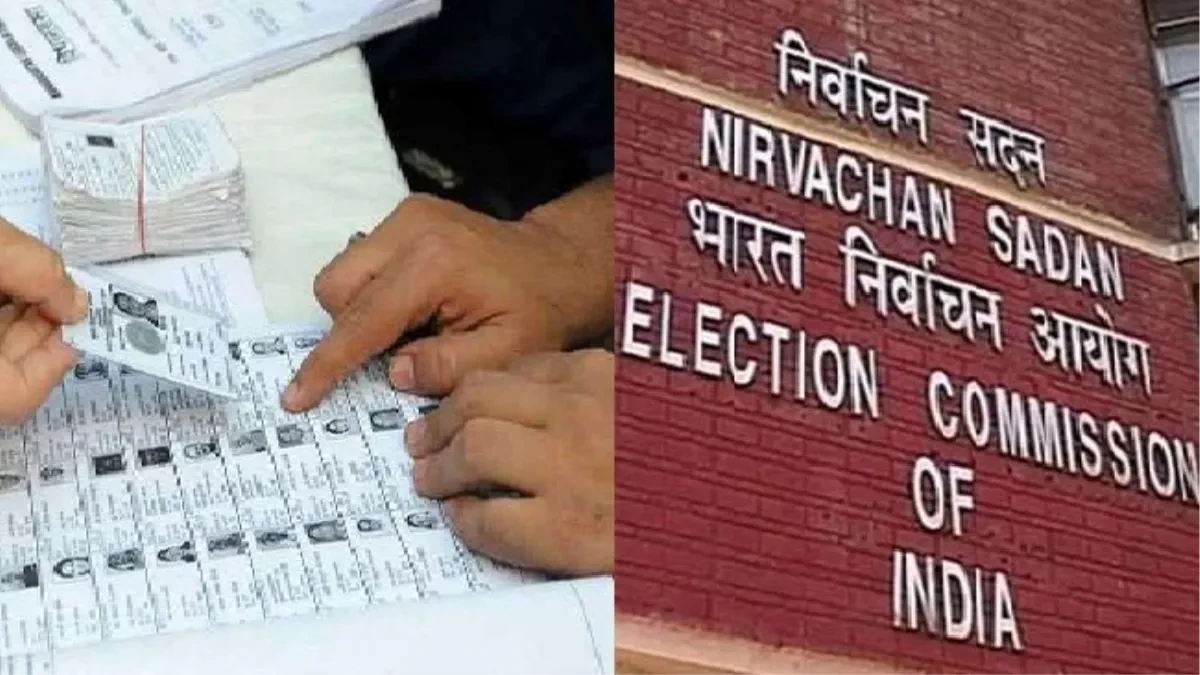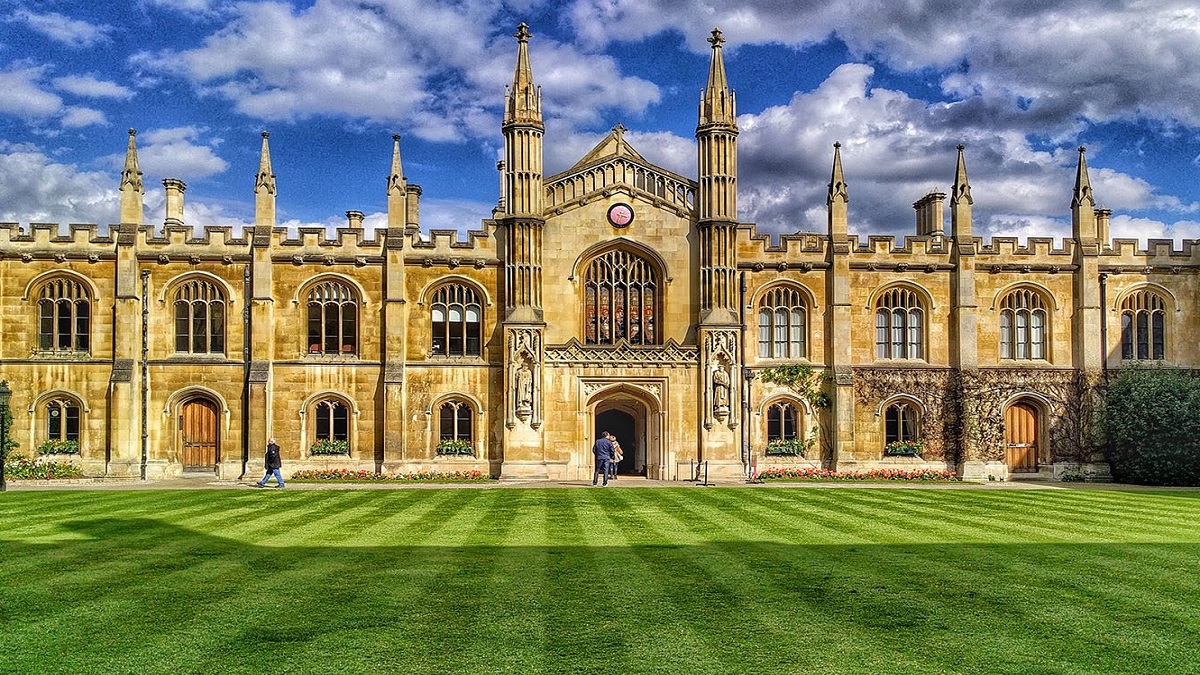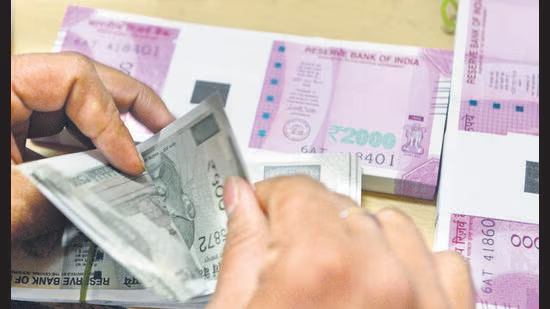- Courses
- GS Full Course 1 Year
- GS Full Course 2 Year
- GS Full Course 3 Year
- GS Full Course Till Selection
- Answer Alpha: Mains 2025 Mentorship
- MEP (Mains Enrichment Programme) Data, Facts
- Essay Target – 150+ Marks
- Online Program
- GS Recorded Course
- Polity
- Geography
- Economy
- Ancient, Medieval and Art & Culture AMAC
- Modern India, Post Independence & World History
- Environment
- Governance
- Science & Technology
- International Relations and Internal Security
- Disaster Management
- Ethics
- NCERT Current Affairs
- Indian Society and Social Issue
- NCERT- Science and Technology
- NCERT - Geography
- NCERT - Ancient History
- NCERT- World History
- NCERT Modern History
- CSAT
- 5 LAYERED ARJUNA Mentorship
- Public Administration Optional
- ABOUT US
- OUR TOPPERS
- TEST SERIES
- FREE STUDY MATERIAL
- VIDEOS
- CONTACT US
Arunachal Pradesh's Dormant Anti-Conversion Law Revived After 46 Years
Arunachal Pradesh's Dormant Anti-Conversion Law Revived After 46 Years

- The Arunachal Pradesh government is taking steps to implement the Arunachal Pradesh Freedom of Religion Act, 1978, which has been largely inactive for almost fifty years due to the lack of rules for its operation.
- The government is now working on finalizing these rules, and the law may soon be enforced after many years of delay.
What is the Arunachal Pradesh Freedom of Religion Act, 1978?
The Arunachal Pradesh Freedom of Religion Act was passed in 1978 by the first Legislative Assembly of the Union Territory of Arunachal Pradesh. The law’s main aim is to stop religious conversions that happen through force, inducement, or fraud.
Key Features of the Act:
-
Ban on Forceful Conversions:
- The Act forbids religious conversions that are carried out by force, inducement, or fraudulent means.
- This means that people cannot be tricked or pressured into changing their religion.
-
Punishment for Violating the Law:
- Anyone found guilty of converting someone or trying to convert them in a forced or fraudulent way can face up to 2 years in prison and/or a fine of up to Rs 10,000.
-
Mandatory Reporting:
- Any conversion must be reported to the Deputy Commissioner of the district.
- This ensures the government is aware of religious changes in the community.
-
Punishment for Failure to Report:
- If the conversion is not reported, the person conducting the conversion can be punished.
Why Was the Act Introduced?
- The law was introduced because of the religious and cultural diversity in Arunachal Pradesh.
- The state is home to many different ethnic groups with their own unique beliefs and traditions.
- The spread of Christianity in the mid-20th century raised concerns about the impact of conversions on indigenous cultures.
Religious Landscape of Arunachal Pradesh:
-
Diverse Beliefs:
- Buddhism: The Monpas and Sherdukpens in West Arunachal practice Mahayana Buddhism, while the Khamptis and Singphos in Eastern Arunachal follow Theravada Buddhism.
- Indigenous Religions: Many people in Arunachal practice Donyi Polo, an indigenous religion practiced mainly by the Tani tribes, such as the Nyishis, Adis, Apatanis, Galos, Misings, and Tagins.
-
Christianity's Entry:
- Christianity started spreading in Arunachal Pradesh only in the 1950s.
- Before that, the region was isolated due to difficult terrain and colonial policies that kept missionaries away.
- First Church: The first Christian church was set up in Rayang village in 1957 (East Siang district). Over time, Christian populations began to grow.
-
Growth of Christianity:
- Census Data: In 1971, Christians made up only 0.79% of Arunachal Pradesh's population. By 1981, the number had risen to 4.32%.
- 2011 Census: By 2011, 30.26% of the state’s population identified as Christians, making Christianity the largest religion in the state.
Why Did the Act Remain Dormant?
Even though the law was passed in 1978, it has not been enforced much. Several factors contributed to this delay:
-
Opposition from Christian Groups:
- The Arunachal Christian Forum was formed shortly after the Act’s passage.
- The Forum has called for the repeal of the Act, arguing that it is unfairly aimed at Christians and could be misused by local authorities.
-
Political Sensitivity:
- As the Christian population grew, especially among communities near the foothills, political leaders were hesitant to enforce the law.
- Many Chief Ministers in the state avoided implementing it because of the potential backlash from the growing Christian community, which makes up over 30% of the population.
Why is the Act Back in Focus Now?
The issue has gained attention again due to rising concerns about the spread of Christianity and a renewed push to protect indigenous cultures from what some see as a threat from conversions.
-
Court Intervention:
- In 2022, Tambo Tamin, an advocate and former general secretary of the Indigenous Faiths and Cultural Society of Arunachal Pradesh (IFCSAP), filed a Public Interest Litigation (PIL) in the Itanagar Bench of the Gauhati High Court.
- The PIL asked the court to urge the government to finalize the rules for the Act's enforcement.
- In September 2023, the Advocate General of Arunachal Pradesh informed the court that the rules would take another six months to be finalized, and the court requested the authorities to complete this process soon.
-
Increase in Conversion Rates:
- Maya Murtem, General Secretary of IFCSAP, argued that the law is necessary to protect indigenous cultures from the growing number of conversions, with people increasingly abandoning their traditional practices and calling them "alien" or "evil." She believes the law will help preserve these cultures.
-
Role of RSS and BJP:
- The RSS (Rashtriya Swayamsevak Sangh) have been supporters of protecting indigenous faiths.
- While they do not engage in religious conversions, they have worked to support the documentation and institutionalizing of indigenous religions.
- Some believe the BJP government in Arunachal Pradesh now has the support to implement the Act.
Why Has the Act’s Enforcement Become a Priority?
Several factors are driving the renewed focus on enforcing the Arunachal Pradesh Freedom of Religion Act:
-
Cultural Protection:
- Indigenous communities, especially those who follow Donyi Polo, are worried about losing their religious identity.
- They see the law as a way to protect their culture and prevent it from being overshadowed by other religions.
-
Legal Push:
- The PIL filed in 2022, along with the court's order for the finalization of the rules, has forced the government to address the issue of religious conversions and move towards implementing the law.
-
Support for Indigenous Faiths:
- The RSS and BJP have supported efforts to protect indigenous cultures, which are seen as part of the larger Sanatana Dharma tradition. This has added political pressure to implement the law.
Impact of Enforcement:
- Cultural and Religious Identity: Enforcing the law could help preserve the cultural and religious identity of Arunachal Pradesh’s indigenous communities, who feel their traditions are being threatened by the spread of other religions.
- Religious Freedom Debate: The enforcement of the Act will likely spark a debate about the balance between religious freedom and the protection of indigenous beliefs. There may be concerns about whether this law violates people’s rights to choose their religion.
- Potential for Misuse: Critics argue that the law could be misused by local authorities, especially in a region with religious and cultural sensitivities. There are concerns that it could be used to target certain religious communities.
Conclusion
The Arunachal Pradesh Freedom of Religion Act, 1978 is being revisited after almost five decades of inactivity. Growing concerns over the spread of Christianity, calls for the preservation of indigenous cultures, and the intervention of the court have brought the law back into focus. While it aims to protect indigenous beliefs, its enforcement may lead to debates about religious freedom and the role of the government in regulating religion. How this law is implemented will have lasting impacts on the state’s religious and cultural landscape.
|
Also Read |
|



